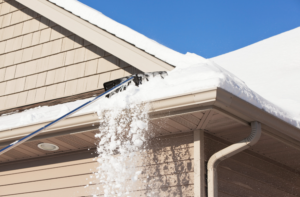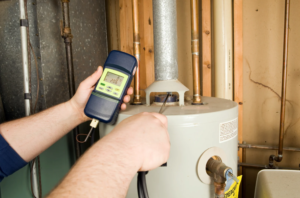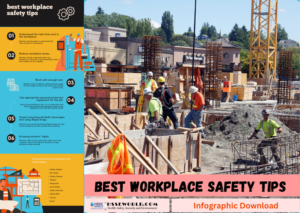Abrasive blasting: Know the hazards -Safety Moment #7
2 min readS.M#7 : Abrasive blasting: Know the hazards

Follow Us
OSHA notes that abrasive blasting creates high levels of noise, which may result in “substantial” hearing loss for workers. Because of this hazard, workers should always wear appropriate hearing protection. In addition, the agency states that employers must administer a hearing conservation program as required by federal standards.
Abrasive blasting also creates large amounts of dust, which may be toxic depending on the materials used.
Commonly used abrasive materials include silica, coal slag, crushed glass or glass beads, and steel grit. Inhalation of silica dust can result in silicosis, lung cancer and other breathing problems; coal slag may result in lung damage; and steel grit has the potential to cause lung damage. Slags also may contain “trace amounts of toxic metals such as arsenic, beryllium and cadmium,” the agency states.
Staying safe
It’s up to employers to keep their workers safe from abrasive blasting hazards. Before a job begins, employers should identify possible hazards and assign a trained person to ensure necessary corrective actions, precautions and controls are followed.
Engineering controls: OSHA recommends a number of engineering controls for abrasive blasting, including the use of a less-toxic abrasive blasting material, using abrasives that can be delivered with water to reduce dust, installing barriers to isolate blasting areas and keeping employees away from the blaster. Using ventilation systems to remove dust also is suggested.
Administrative controls: Practice good housekeeping by regularly cleaning using wet methods or HEPA-filtered vacuuming, OSHA states. In addition, the agency recommends decontaminating equipment, scheduling blasting when as few workers as possible are onsite, refraining from performing abrasive blasting in high winds, and refraining from using compressed air (which creates more dust) to clean.
OSHA suggests that employers prohibit workers from eating, drinking or using tobacco near blasting areas; and provide shower and changing areas so workers can clean up before changing into their street clothes, which helps prevent workers from bringing dust home.



